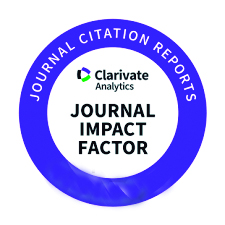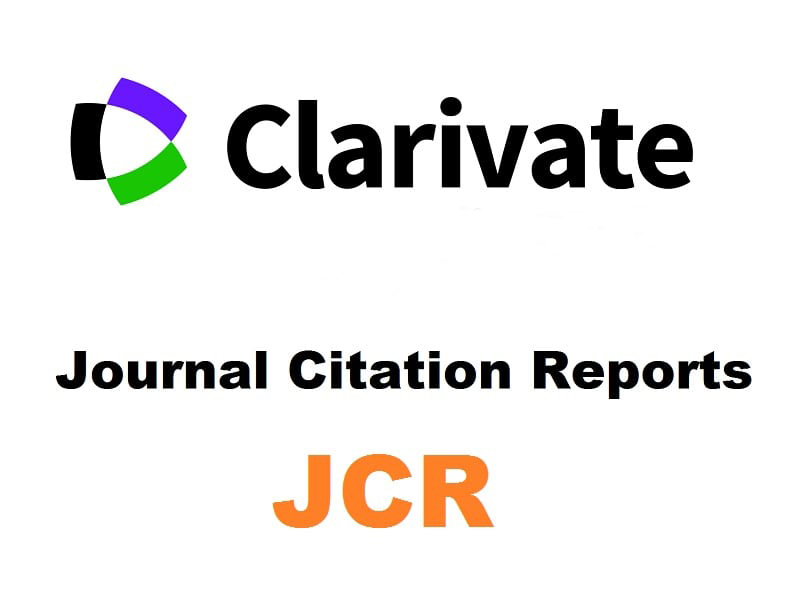The new JCR 2020 has just been published and its novelty lies not only in the fact that it includes the new data update, but also in the fact that it has considerably reconfigured and expanded the entire database. Until now, Web of Science kept the journals of excellence in the Journal Citation Reports (JCR) segmented and separate from other databases such as Arts and Humanities (A&H), or Emerging journals (ESCI), which did not have a measured and official impact factor.

From the 11,800 journals that the classic JCR incorporated until 2019, we now find a total of 20,932 publications (01-07-2021), in which ESCI and A&H are integrated. This represents not only a quantitative change (almost doubling the JCR in one year), but also a qualitative one, since from now on JCR is no longer JCR, the exclusive symbol of excellence, but integrally includes journals that until now were excluded because they were valued as of secondary rank (ESCI: with measured quality, but low impact, according to WoS), or with low citation game in their areas (A&H).
This is an important and perhaps necessary step, just as Scopus has been doing for years: to bring together in an integrated database all scientific journals at the international level (let us not forget that even so JCR only covers half of the Scopus database, which currently indexes 39,237 journals).
From now on, ESCI and A&H journals are included in Journal Citation Reports, which encompasses all the databases, but with a substantial difference: there are two measurement indexes that mark the distinction, the JIF and the JCI.
The former JCR (now distinguished by being in the Edition SCI= Sciences Citation Index, or in SSCI=Social Sciences Citation Index) continue to have their own impact factor, the now classic and prestigious JIF (Journal Impact Factor), again reserved for the club of excellence and in which the rest of the journals do not apply (n/a).
The ESCI and A&H journals are not only integrated, but are also indexed and measured with a new factor, the JCI (Journal Citation Indicator), which is also shared with the classic JCR journals, which will have two impact factors.

It is an important change of nomenklator, but in substance everything remains the same. Now the classic JCRs are the JCR-JIFs which remain virtually the same. In JCR-Education, now JCR-JIF-Education, in 2019 there were 262 journals worldwide and this year 2020 they have only grown by two: 264. In Spain there were 9 journals, and this year they remain the same, without any alteration beyond their classification and quartiles.
We consider that it may be great news that now all journals are visible in the «core» club of the world… There are journals that can have and, in fact, have a higher JCI than others with JIF, which is indicative that the world of journals is moving.
Spain has been one of the countries that has benefited the most from this new JCR model. We continue to have, as in the previous year, only 124 JCR-JIF journals, of which 20 are JCR-JIF-Q1 (an increase of more than 25%). We must highlight the important qualitative leap in the general JCR base, where we grew to a total of 719 JCR journals (including JCR-JIF together with JCR-JCI).
Comunicar’ achieves the best data in its history. It is the third journal in impact factor (JIF) in Spain in all areas and second in citation volume of all journals published in our country. In addition, in the general JCR-JIF ranking it is the 7th journal in the world out of 234 journals in ‘Education’ (compared to 24th place the previous year), now with a 97th percentile (top 3% worldwide), with a JIF impact factor almost doubled from the previous year from 3.37 to 6.01. In ‘Communication’, in JCR-JIF it has climbed to 9th place worldwide (top 10%) (out of 94 journals), placing it in privileged positions among the world’s elite. In the new measurement factor, JCR-JCI, it is also 9th, in this case out of 204 journals. The most important news of all is that, both in ‘Communication’ and ‘Education’, it occupies the 1st absolute position in the world as an integral «Open Access» journal, in line with the guidelines of Horizon Europe of the European Commission and the most advanced countries in the world that defend open science.
In short, reviewers, authors, editors and readers must get used to the new terminology. JCR has become universalized (as WoS used to be), it is no longer what it used to be, it is now more comprehensive, but less selective. We have to start using a new terminology: JCR-JIF and JCR-JCI, both in parallel, but with very clear distinctions. Selective science is still moving and being measured in JCR-JIF.
Notice for authors, editors, readers… and, above all, Agency evaluators!!!!
